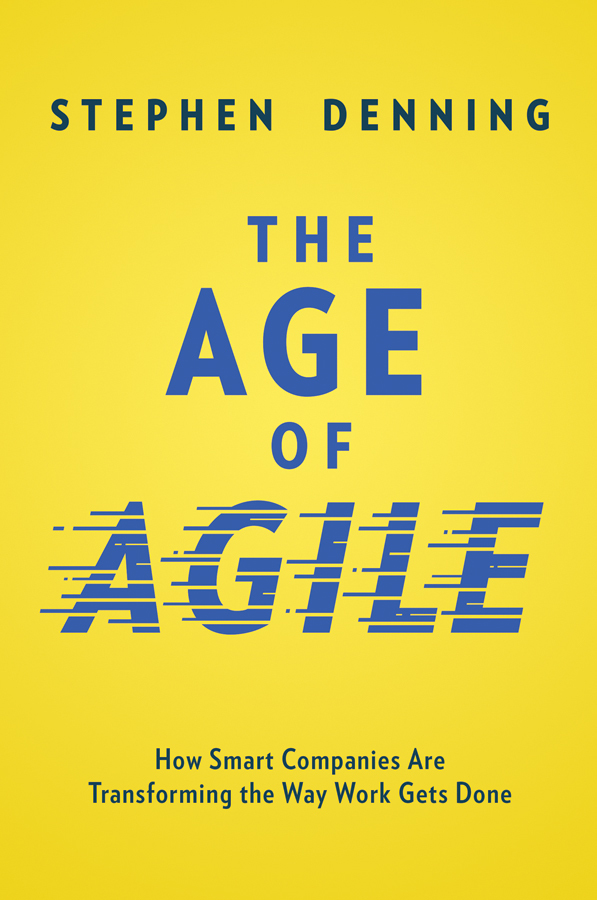What do you think?
Rate this book


More value from less work.
An unstoppable business revolution is under way — and it is Agile. Companies that embrace Agile Management learn to connect everyone and everything . . . all the time. They can deliver instant, intimate, frictionless value on a large scale.
Agile began emerging many decades ago, but truly took off in the software development industry. Sparking dramatic improvements in quality, innovation, and speed-to-market, the Agile movement is now spreading quickly throughout all kinds of companies. It enables a team, a unit, or an enterprise to nimbly adapt and upgrade products and services to meet rapidly changing technology and customer needs. And the process is applicable anywhere — companies don’t need to be born Agile, like Spotify. Even centuries-old Barclays is making the transition and reaping rewards.
Filled with examples from every sector, The Age of Agile helps readers:
Master the three laws of Agile Management (team, customer, network) ● Embrace the new mindset ● Overcome constraints ● Employ meaningful metrics ● Make the entire organization Agile ● And more
With this breakthrough approach, even global giants can learn to act entrepreneurially. Their future depends on it.
336 pages, Hardcover
First published February 8, 2018